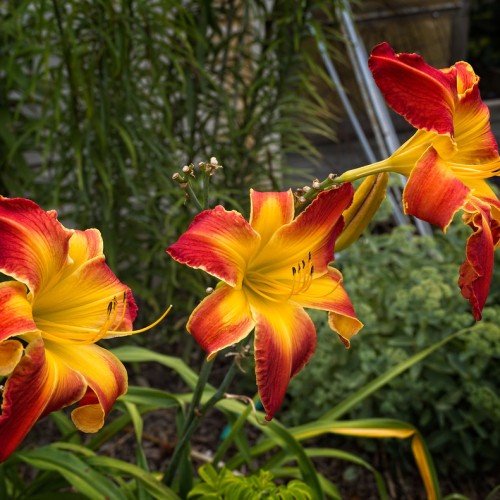
tetraploid daylily
Hemerocallis 'Bob Barker'
Cycle:
Herbaceous Perennial
Watering:
Average
Hardiness Zone:
3 - 9
Flowers:
Flowers
Sun:
Full sun,part shade
Leaf:
Yes
Growth Rate:
High
Maintenance:
Low
Drought Tolerant:
Yes
Care Level:
Medium
watering
When watering a tetraploid daylily (Hemerocallis 'Bob Barker'), you should aim to keep the soil moist, not soaking wet. Water the plant deeply but infrequently in the morning. This plant should be watered 1-2 times a week during the growing season with 1-2 inches of water each time. During the summer months, check the soil daily and water more frequently as needed, particularly during periods of extreme heat and drought. In the winter, water less frequently, once every 2 weeks.
sunlight
Tetraploid daylilies such as 'Bob Barker' should be grown in full sun to produce the best flowers. These plants should receive 6 to 8 hours of direct sunlight each day for optimal flowering. Daylilies do best in moist and organically-rich soil that drains well. Additionally, they should be positioned in such a way that the mid-day sun does not scorch the foliage.
pruning
When it comes to pruning tetraploid daylily (Hemerocallis 'Bob Barker'), it is important to do it the right way, as over- or under-pruning can negatively affect the plant's growth and performance. The best time to prune this species of daylily is in late fall or early spring, as the flower has finished blooming to avoid removal of any flowers or buds. You should only remove spent flowers or canes that are dead or brown in color, and only prune 1/3 of the stems each year, no more. This will help to keep the plant healthy, and ensure that it looks attractive and performs well in your garden.
